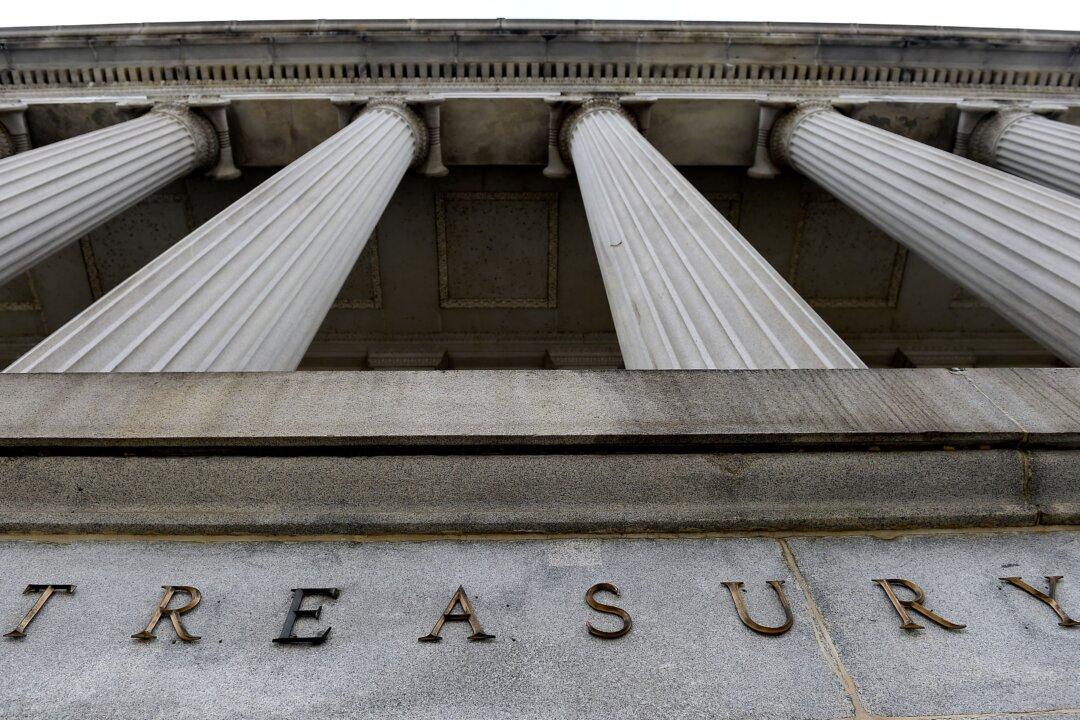The U.S. Treasury Department has proposed a measure to ensure that the 15 percent global corporate minimum tax is properly instituted.
As part of President Joe Biden’s $5.8 trillion 2023 budget documents published on March 28, the Treasury put forward the new Undertaxed Profits Rule (pdf). This would replace the present U.S. Base Erosion Anti-Abuse Tax, or BEAT.





